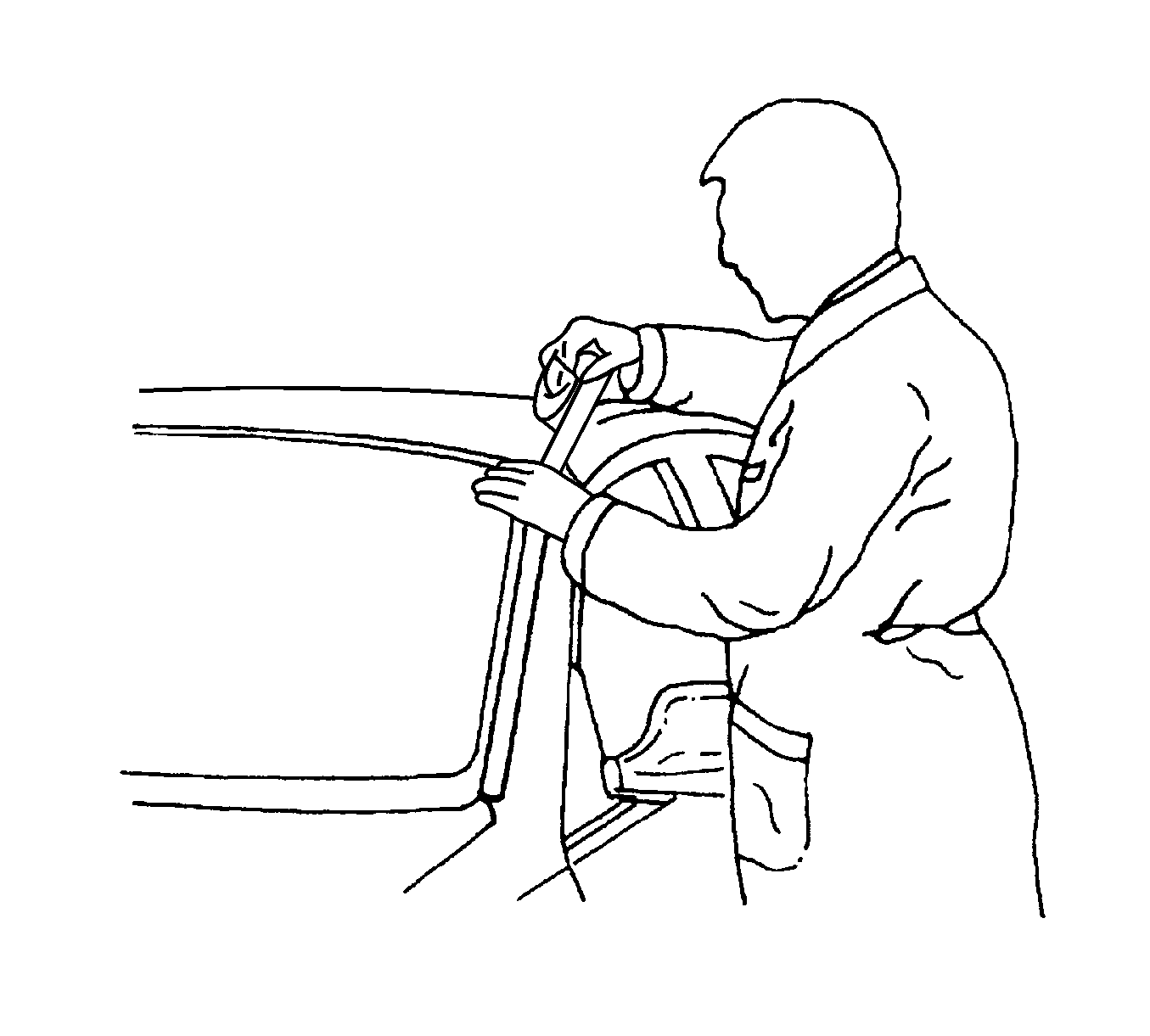Warning: An assistant should drive the vehicle while the technician checks for the location of the reported condition. Otherwise, personal injury could result.
A test drive in the vehicle is necessary to accurately determine the location of the windnoise. Often there is a primary leak and secondary leaks. Failure to repair all leaks will only reduce the windnoise, not eliminate it.
During the test drive the technician should bring the following items to aid in determining the location of the windnoise:
| • | A mechanics stethoscope or vacuum hose |
Perform the following steps in order to conduct the road test:
- Choose a route that includes smooth straight streets that run in all 4 directions north, south, east, and west.
- Choose streets with little traffic or noise that would interfere with the test.
- Drive the vehicle at the speeds at which the noise was noticed by the customer or until the noise is produced. Do not exceed legal speed limits.
- The windnoise is external if any of the following conditions occur:
| • | The windnoise is caused by the wind. |
| • | The windnoise can be heard with the door glass lowered and while the vehicle is being driven. |
| • | The windnoise is eliminated when tape is placed over various moldings and gaps. |
- Internal windnoise is air leaving the vehicle and should be repaired in the following manner:
| • | In order to locate the leak, tape off the body lock pillar pressure relief valves. This will cause air pressure to build up inside the vehicle and enhance the windnoise. |
| • | Use a stethoscope or a vacuum hose to locate the leak. |
| • | Temporarily repair the leak with masking tape. |

| • | Continue testing in order to determine if the noise has been eliminated or if other leaks exist. |
| • | When all leaks have been found, return to the shop and make permanent repairs with the proper alignment techniques and sealing materials. |

